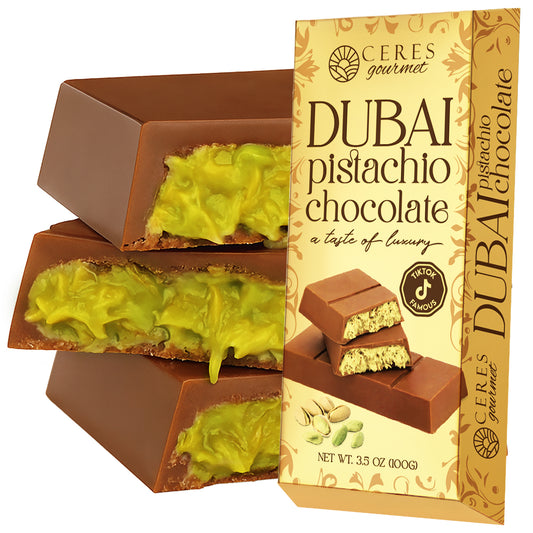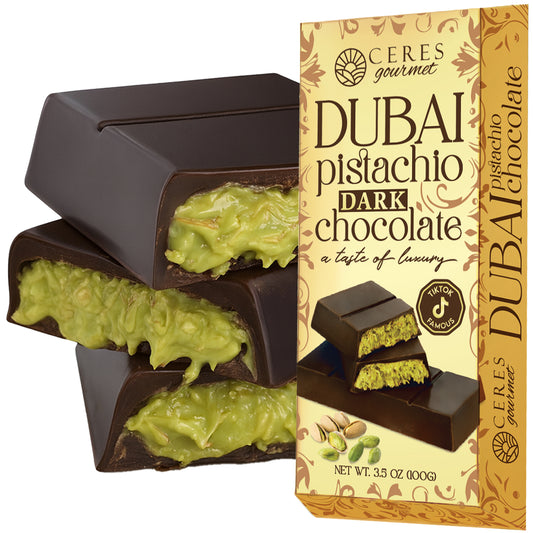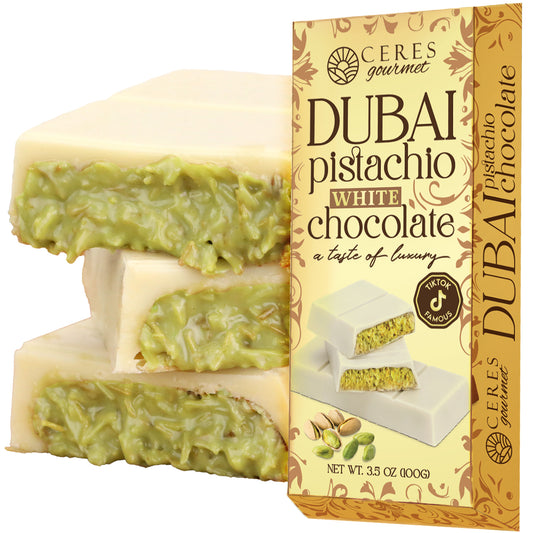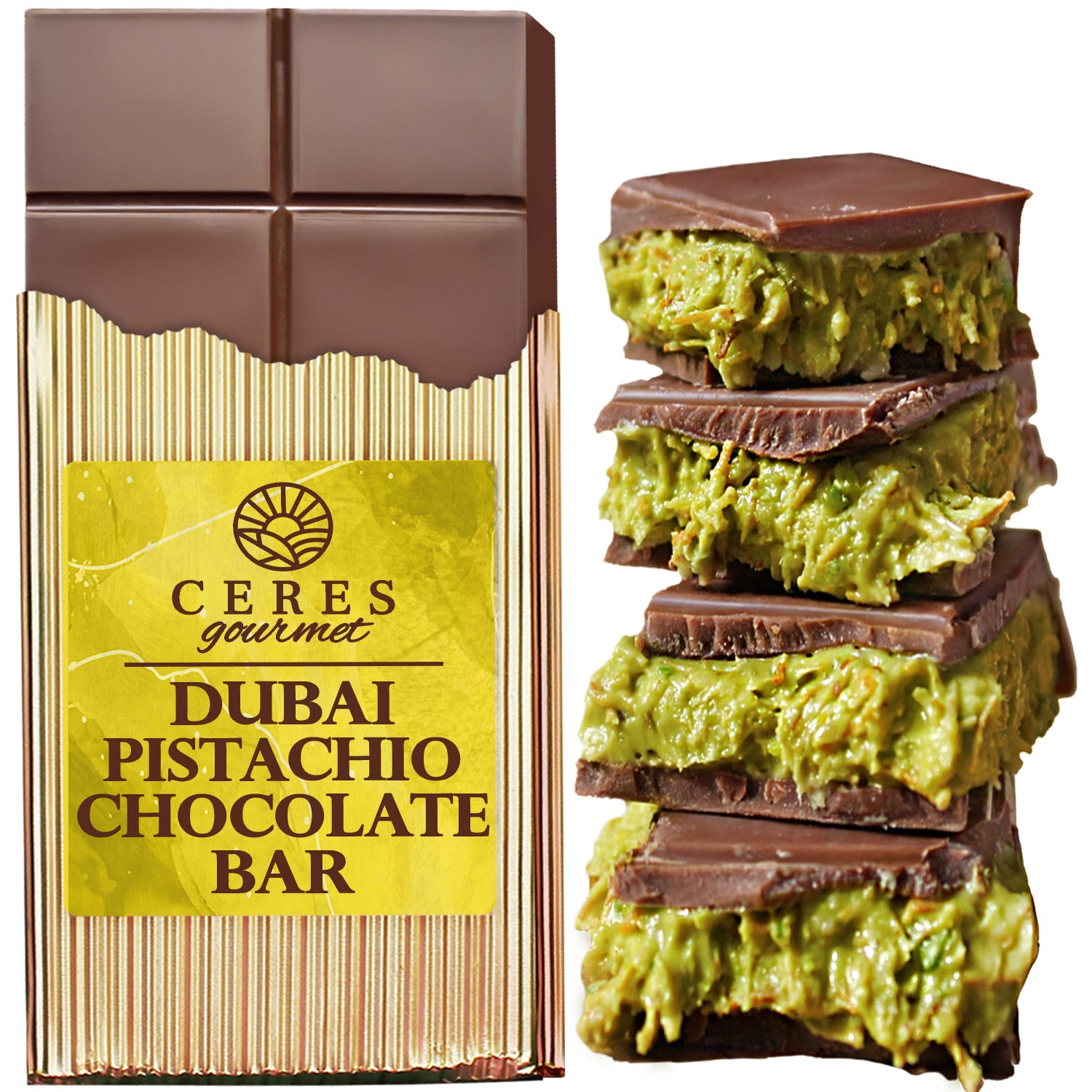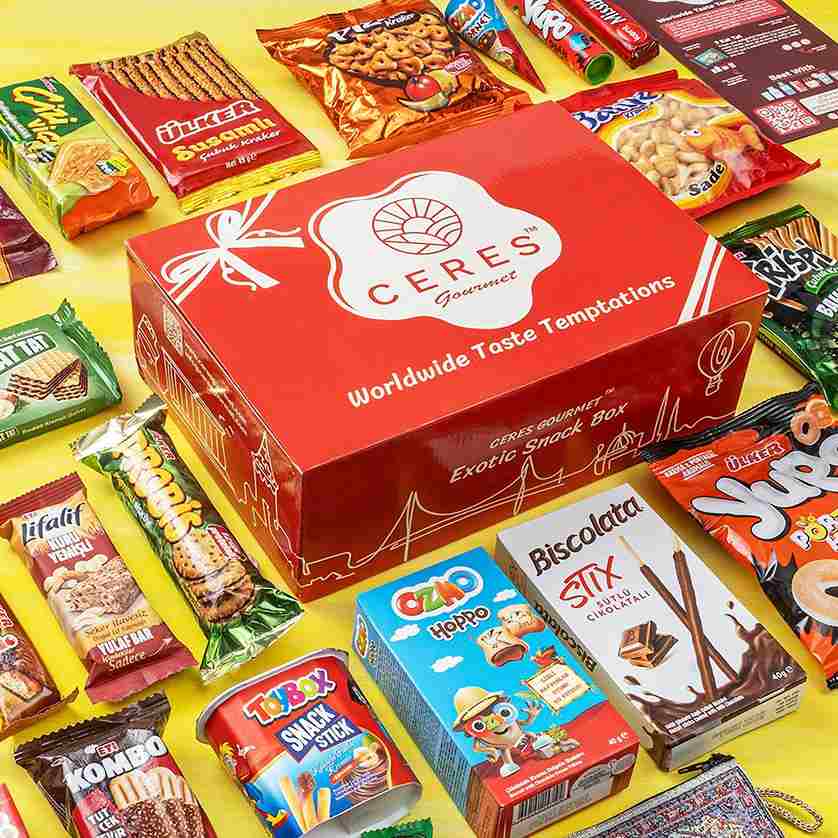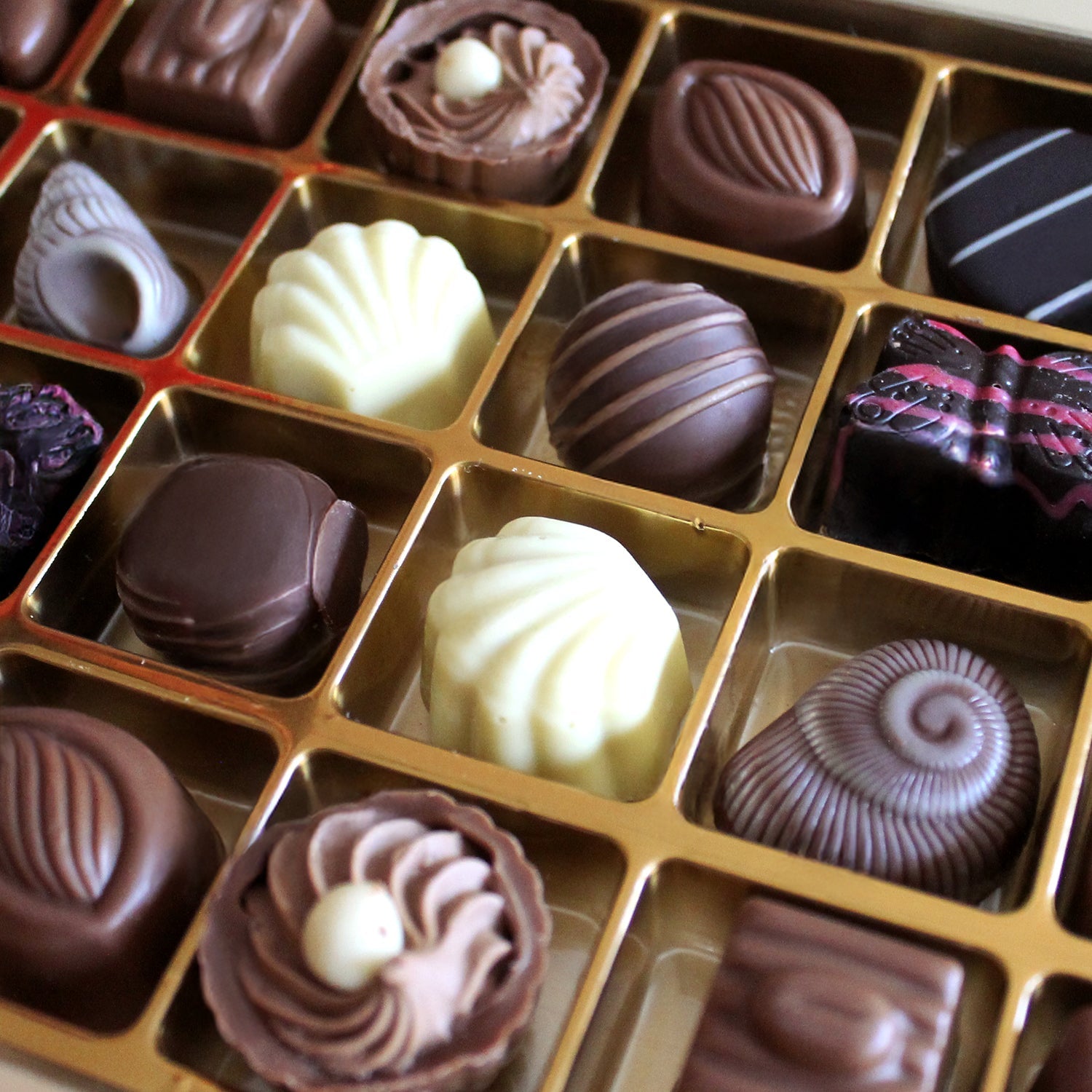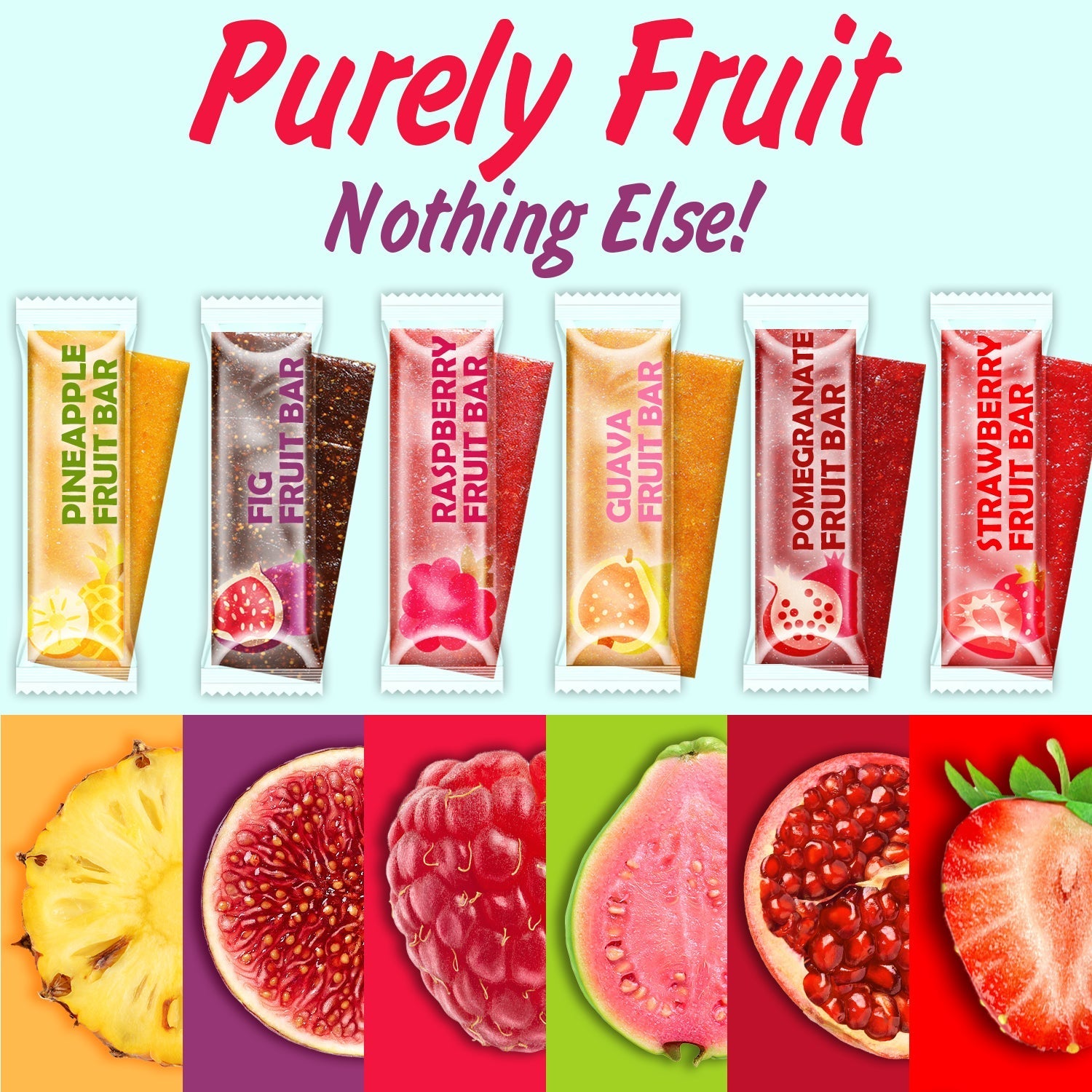Chocolate boxes have become synonymous with luxury, celebration, and thoughtfulness. Whether it's a Valentine's Day gift, a birthday surprise, or a simple gesture of affection, giving chocolate in a beautifully designed box has been a long-standing tradition. But how did this delightful practice come to be? In this article, we’ll explore the origins and evolution of chocolate boxes, from their humble beginnings in the Victorian era to their status as modern-day luxury gifts.
1. The Beginnings of Chocolate Boxes: Victorian-Era Assortments
The story of chocolate boxes begins in the 19th century, during the Victorian era, when chocolates became more widely available to the public. At this time, chocolate was still a luxury item, reserved for the wealthy and elite. However, with advancements in mass production and the introduction of boxed assortments, chocolates started to become more accessible to the broader population.
In the 1800s, chocolate manufacturers began creating gift-worthy assortments of chocolates in beautiful, decorative boxes. The idea was to present the chocolates in a manner that elevated their value, making them more appealing as gifts. These early chocolate boxes often featured intricate designs and were made of luxurious materials like wood, leather, and ornate paper. The boxes themselves became part of the gift, reflecting the thoughtfulness and elegance of the giver.
2. The Rise of Chocolate Box Packaging in the Early 20th Century
By the early 20th century, chocolate boxes became a staple of gift-giving. As chocolate consumption grew, so did the demand for attractive packaging that could represent the quality of the chocolates inside. During this period, companies like Cadbury, Nestlé, and Lindt began to invest in innovative packaging, realizing that a beautifully packaged chocolate box would enhance the overall gift-giving experience.
The popularity of boxed chocolates surged, particularly during the holiday seasons. Valentine’s Day, Christmas, and Easter became major occasions for giving chocolate boxes, and the tradition of gifting chocolates grew even stronger. The packaging itself became more refined, with detailed illustrations and luxurious finishes designed to appeal to the growing middle class.
3. The Golden Age of Chocolate Boxes: The 1950s and 1960s
The mid-20th century marked a golden age for chocolate box packaging. During this time, chocolate brands began to use premium packaging materials such as satin, velvet, and tin, making chocolate boxes even more luxurious. The designs became increasingly sophisticated, featuring intricate patterns, elegant colors, and seasonal motifs.
The 1950s and 1960s saw the introduction of iconic chocolate box brands, including Lindt’s gold packaging and Godiva’s luxurious gold-tinned chocolates. These high-end brands cemented the chocolate box as the ultimate symbol of indulgence and luxury, making it a perfect gift for loved ones.
Additionally, the variety of chocolates within the boxes grew, with brands offering a mix of truffles, pralines, caramels, and other sweet treats. This variety ensured that chocolate boxes could cater to different tastes and preferences, further enhancing their appeal as a gift.
4. The Evolution of Chocolate Boxes: The 1980s to the 2000s
The 1980s and 1990s saw a shift in the chocolate box industry as the focus moved toward making chocolates more affordable and accessible while still maintaining an air of luxury. The traditional chocolate box underwent changes in its design and packaging, incorporating more modern elements like bright colors and minimalist styles.
During this period, brands also began to experiment with packaging materials, moving away from metal tins and wooden boxes to paperboard and plastic. This shift allowed for more creative designs and cost-effective manufacturing. The modern chocolate box also became more environmentally friendly, as brands started to prioritize recyclable materials and eco-conscious packaging.
With the rise of the internet and online shopping, chocolate boxes became widely available and could be personalized with special messages or logos. This shift also marked the emergence of online chocolate delivery services, allowing people to send chocolate boxes to loved ones around the world, further solidifying their role as a gift of choice for any occasion.
5. Modern-Day Luxury Chocolate Boxes: A New Era of Packaging and Design
Today, chocolate boxes are synonymous with luxury, craftsmanship, and personalization. High-end chocolate brands such as Pierre Marcolini, Läderach, and La Maison du Chocolat offer premium chocolate boxes filled with the finest handmade chocolates, often packaged in sleek, minimalist boxes or intricate, artistic designs.
Modern chocolate packaging emphasizes both aesthetics and function, with many luxury brands using high-quality, eco-friendly materials to create packaging that is as much a work of art as the chocolates inside. Some boxes are designed to be reusable, adding an extra layer of sustainability to the gifting experience.
Additionally, custom chocolate boxes are becoming increasingly popular. From corporate gifts to personalized messages, the ability to tailor a chocolate box to suit a specific occasion has made it an even more attractive gift option. The addition of luxury chocolates, often paired with fine wines or spirits, has transformed the chocolate box from a simple gift into an experience.

6. The Ongoing Tradition: Why Chocolate Boxes Are Still the Perfect Gift
Despite the evolution of chocolate box packaging over the years, one thing remains constant: the joy and excitement of receiving a beautifully packaged box of chocolates. Whether it's the rich history of Victorian-era assortments or the sleek, modern designs of today, chocolate boxes continue to represent thoughtfulness, luxury, and celebration.
The tradition of gifting chocolates in boxes has stood the test of time, and it shows no signs of fading. As more brands experiment with innovative designs and sustainable packaging, the chocolate box will continue to be a symbol of indulgence, love, and appreciation.
Chocolate Boxes – A Sweet Tradition That Endures
From their Victorian origins to the luxury packaging we see today, chocolate boxes have undergone significant transformation, but they have always remained a cherished gift. Whether for a birthday, holiday, or romantic occasion, a beautifully presented chocolate box remains one of the most timeless and meaningful gifts you can give.
As the tradition of gifting chocolates continues to evolve, the history of chocolate boxes will undoubtedly remain a sweet part of the gift-giving experience. So next time you want to show someone you care, consider gifting a box of chocolates — not only will it be appreciated, but you’ll also be continuing a rich tradition that has been making people smile for centuries.
Frequently Asked Questions
When did chocolate boxes first become popular gifts?
Chocolate boxes became popular during the Victorian era in the 19th century as luxury gift assortments.
How has chocolate box packaging evolved over time?
Packaging evolved from ornate wooden and leather boxes to modern, eco-friendly, and personalized designs.
Why are chocolate boxes still a popular gift today?
They symbolize luxury, thoughtfulness, and celebration, making them timeless and meaningful gifts.




